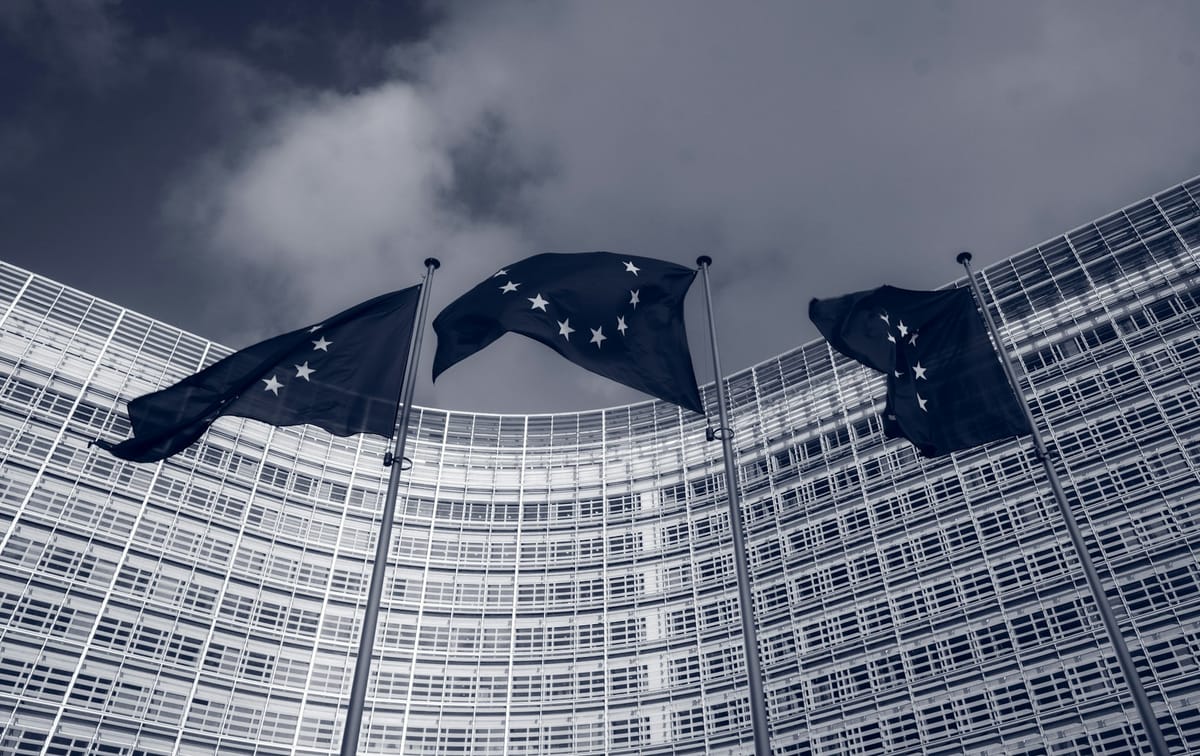CBAMs 'domino effect' on global carbon pricing could be about to get even stronger

With a little over three months until the EU's Carbon Border Adjustment Mechanism (CBAM) comes into force on 1st January 2026, commodity traders are still battling to navigate their way through the regulation's last remaining ambiguities.
In an attempt to address these concerns the European Commission launched three public consultations at the end of August intending to address three questions: how to adjust for carbon prices already paid in non-EU countries, the methodology for reporting emissions, and how to account for free allowances from the EU ETS. The closing date for responses to the consultations is Thursday 25th September.
Lets start with the last question. This refers to the desire for industrial goods produced both inside or outside the EU to be treated equally vis-à-vis free allowances. The key values industry are waiting on here is the CBAM benchmark values, and which are derived from the existing EU ETS benchmarks used to determine free allowances. Although the price of an individual CBAM certificate is linked to the prevailing EU allowance price, analysts believe that importers will be on the hook for 25-30% of this cost as soon as next year (payable from February 2027). Unfortunately the Commission has yet to publish the benchmark values, and isn't likely to until early 2026, making any assessment of import exposure challenging.
Up until recently we understood that importers needed to purchase CBAM certificates based on the tonnage of CBAM covered products they bring into the EU, and their actual embedded emissions - rather than just based on a country default value. However, in a huge change rumours have emerged that Europe may now only accept data reporting to be actual emissions if the country of origin has an emissions trading scheme, and one with an absolute cap on emissions. For everyone else, Europe will only accept default values, which are by design punitive.
The change in emphasis - away from a preference for actual emissions data - appears to have already been reflected in the regulations. As Richard Wu of the Research Institute for Environmental Innovation (RIET) at Tsinghua University pointed out in a comment on LinkedIn, paragraph 2 of Article 7 of the CBAM Regulation has been quietly amended. It now says embedded emissions in goods other than electricity shall be determined based on actual emissions or by reference to default values. Previously it said that where actual emissions cannot be adequately determined they shall be determined by reference to default values.
If this turns out to be correct, the move would appear to be driven by the need to lighten the administrative burden importers are about to bear, but also an acknowledgement perhaps by the Commission that, 'actual emissions cannot be adequately determined' in as much detail as they would like.
Indeed, the Danish government, which holds the presidency of the EU Council until the end of 2025, has repeated claims that new EU rules could add up to €124.2 billion in additional compliance costs per year for businesses and public administration, in addition to one-off costs of up to €71.1 billion. The move would lighten the load on importers, pushing the onus for providing accurate emissions measurement back on exporting countries.
A last-minute change such as this will naturally create winners and loses. Importers that have diligently sought out emissions data from their non-EU suppliers for the last few years will feel particularly aggrieved, especially if the country of origin does not have an ETS with an absolute cap. In contrast those importers that already source CBAM covered commodities directly from jurisdictions with such a carbon pricing mechanism (or whose government have indicated their intention to do so) will feel relieved.
Read the rest of this article with a 30-day free trial





